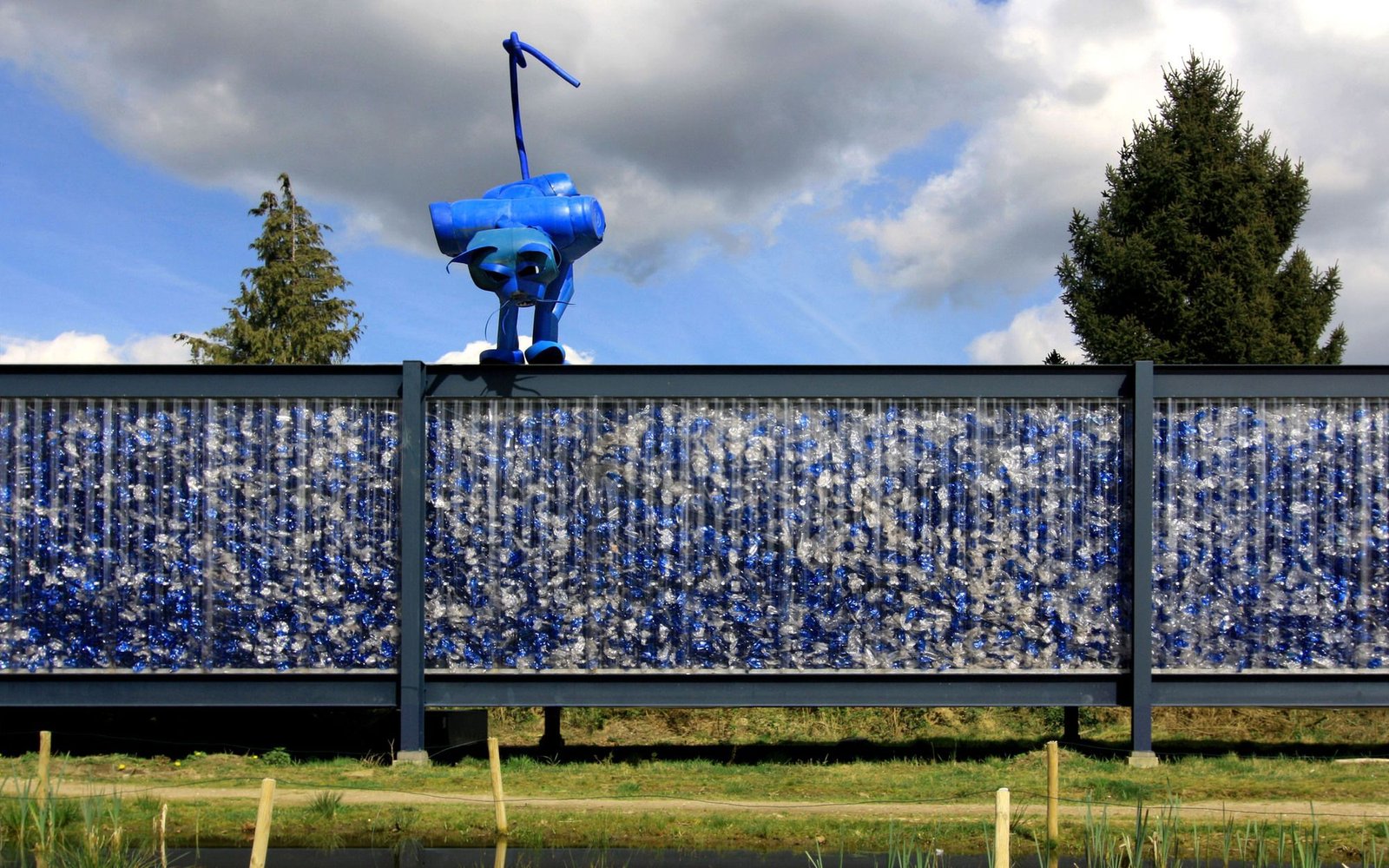An Overview:
With the over increasing need to lower our carbon footprint and ‘green strategies’, recycled building materials have become the need of the hour. The term ‘Recycled building materials’ refers to re-using the existing construction materials like recycled concrete blocks and weatherboards. Natural green building materials are most often sourced from sustainable timber forests that come under innovative manufacturing processes without carbon emissions like concrete and steel.
Green, eco-friendly buildings are not a hype but make modern architecture to be designed not only aesthetically pleasing and environmentally aware too. Recycling is no doubt the first option when it comes to eco-friendly construction, and not only it helps you keep your footprint to the minimum, it also makes it cheaper too.
In this article, you’ll get to know about everything from what is recycling to how to build your house with recycled materials.

So, What are Recycled Building Materials?
All materials that come from a building or construction site for reuse are recycled building materials, including wood, bricks, insulations, glass, blocks, wall coverings, etc. It’s anything that can be reused and recycled and in this way, the recycled resources are environmentally friendly and cost-efficient. As people are now getting more aware of their environment and their footprint they leave behind, it’s necessarily has become a common sense.
The prime benefit of using reused resources to build a house is the cost and energy efficiency. By using the recycled resources, you have reduced the cost of construction and your house built is based on sustainability.
Following are the types of recycled materials:
- Used materials
- Sustainable materials
- Reclaimed materials
- Free building materials
- Barn wood
- Waste products
- Eco-friendly materials
- Lightweight materials
- Recycled plastic materials
Why should we use Recycled Materials?
- Environmental Benefits: Recycling construction materials save massive amounts of energy by decreasing the consumption of natural resources. It also decreases the waste in landfills as the materials can be used for the same purpose again or can be turned into something new.
- Economic Benefits: Recycling or reusing materials reduces your disposal and transportation costs and there is often less money to dispose of materials that can be recycled. With the increasing importance being put on green construction, recycling gives you a competitive edge over other construction companies.
- Performance Benefits: Materials like fly ash and slag cement are used as a supplementary cementitious material in concrete, offering significant performance benefits.

Advantages of Recycled building materials include:
- The construction work done by using recycled materials lasts for a long time with durability and strength.
- Easy to maintain as the materials are natural and renewable
- Reduction in utility bills by using the materials as they don’t require energy for cooling or heating a building.
- These materials are manufactured using sustainable techniques, creating a negligible amount of waste on landfills.
- Cost-efficient, as the materials are manufactured on-site.
Why does it matter to recycle building materials?
- Reduces the demand for new resources
- Cuts costs related to the production and transportation of new materials
- Eliminates the need to landfill sites.
Sustainable Building Materials:
- Straw Bale: Used as a cheap and energy-efficient material in walls for insulation.
- Recy Blocks: Colourful blocks made from old plastic bags. Recycled bags and plastic are placed in heat mold, and forced together to form blocks, resulting in lightweight to act as load-bearing walls and divide up rooms or outdoor areas.
- Bottle bricks: It mainly relies on producing a consumer good so it can be later used as a building material.
- Mushroom walls: It is done by growing wall insulator and packing materials using mycelium, a bacteria found in rotting organisms like tree trunks and agricultural byproducts.
- Wine cork panels: Wall or floor tiles made combining recycled granulated cork with a whole wine cork.
- Aschcrete: Ash byproduct from coal combustion and mix it with cement, giving you ‘AshCrete’.
- Recycled Steel: Steel is pest-resistant and is devoid of toxic chemicals.
- Enviroboards: These boards can replace timber products in wall lining, internal partitions, roof lining, and underlay systems as they don’t warp over time due to humidity.

